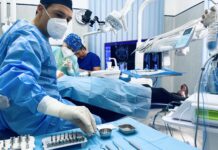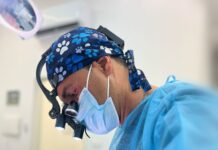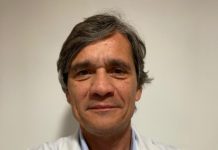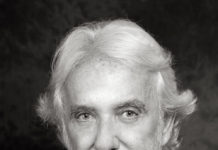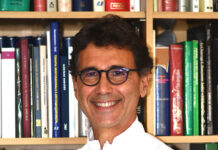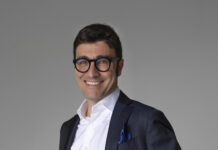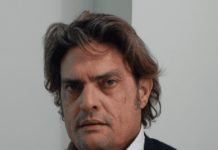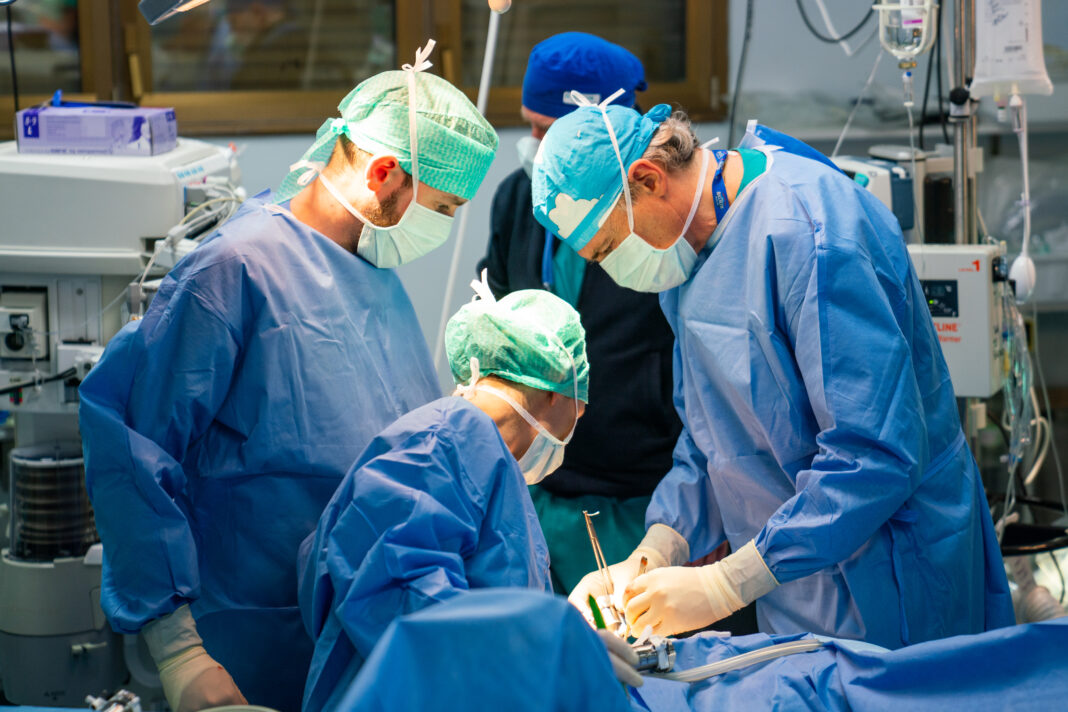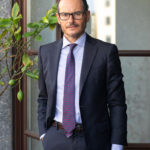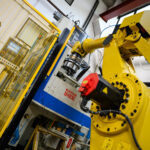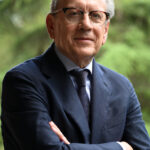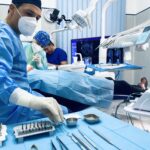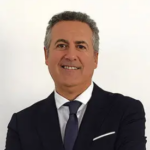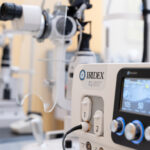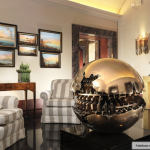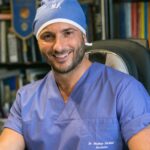In the often fragmented and polarized Italian healthcare landscape—caught between overcrowded public facilities and sometimes impersonal private practices—there are experiences that stand out as models. One of these is the C.Ur.E Group – European Urological Center – founded and led by Dr. Giovanni Ferrari, who has succeeded in combining clinical excellence with patient-centered care. His organizational model is based on collaboration, professional freedom, and shared responsibility. We interviewed him to learn how the project was born and what vision drives it.
by Roberta Imbimbo
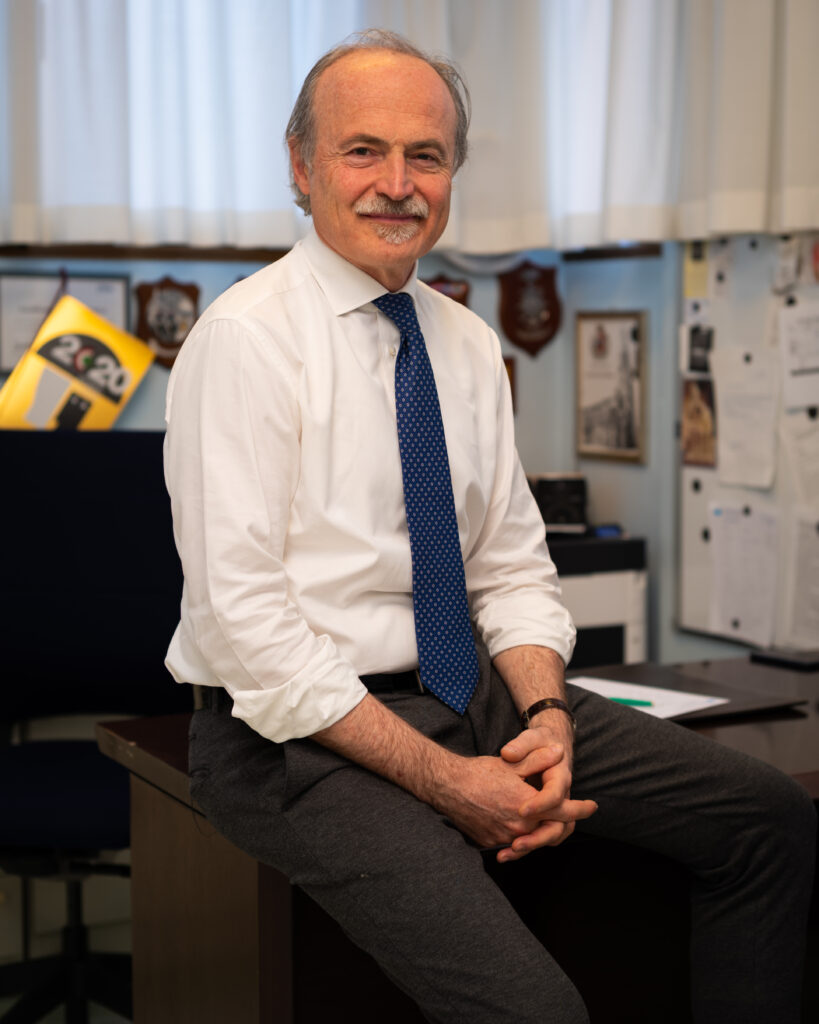
Dr. Ferrari, how did the idea for C.Ur.E come about?
The idea of C.Ur.E was born several years ago from a deep and personal need: to restore centrality to the doctor-patient relationship, which is often sacrificed within the impersonal mechanisms of a healthcare system divided between two poles—public healthcare, driven by political interests, and private healthcare, often governed by business logic. Both systems sometimes pursue objectives far removed from the real needs of the individual. I am a third-generation doctor—both my father and grandfather were urological surgeons—and I grew up in an environment where the ethical and human relationship between doctor and patient was central, almost sacred. After working for over fifteen years in the hospital sector, I felt the need to change direction and build a team of professionals who shared my vision: to put the patient at the center—not in words, but in practice. With respect, with time, and with attentive listening. What began as an idea has become a solid and established reality: today we are 32 professionals working in 11 facilities, including both private clinics and public hospitals, across Italy.
What makes C.Ur.E different from other private healthcare models?
Our strength lies in our organizational model. Today, C.Ur.E—now a formally incorporated SRLS company—has become a virtuous example that integrates each individual’s expertise into a fluid, ethical, free, and quality-oriented organization. Every doctor retains their individuality but works in synergy to provide patients with a complete, coordinated, and sustainable care pathway. Inspired by the best international practices, we realized it was possible to create an environment in which independent professionals could work collaboratively, offering patients comprehensive, continuous, and personalized care. At C.Ur.E, we share technology, know-how, and—above all—an integrated clinical approach. Each case is addressed with a broad perspective and discussed collegially, ensuring thoughtful and targeted decisions, free from fragmentation. To this we add continuous training—not only scientific (we actively collaborate with several Italian universities, contributing to the practical development of young urologists), but also human: each of our collaborators is trained to build an authentic and lasting relationship with the patient, who remains under the care of the same physician from the first visit, through surgery, to postoperative follow-up. The strength of our network lies in constant communication between team members, in daily exchange, and in our capacity to work together with a shared spirit. For the patient, this means never feeling alone. For us, the most important result is having created a kind of medicine that is close, competent, and human.
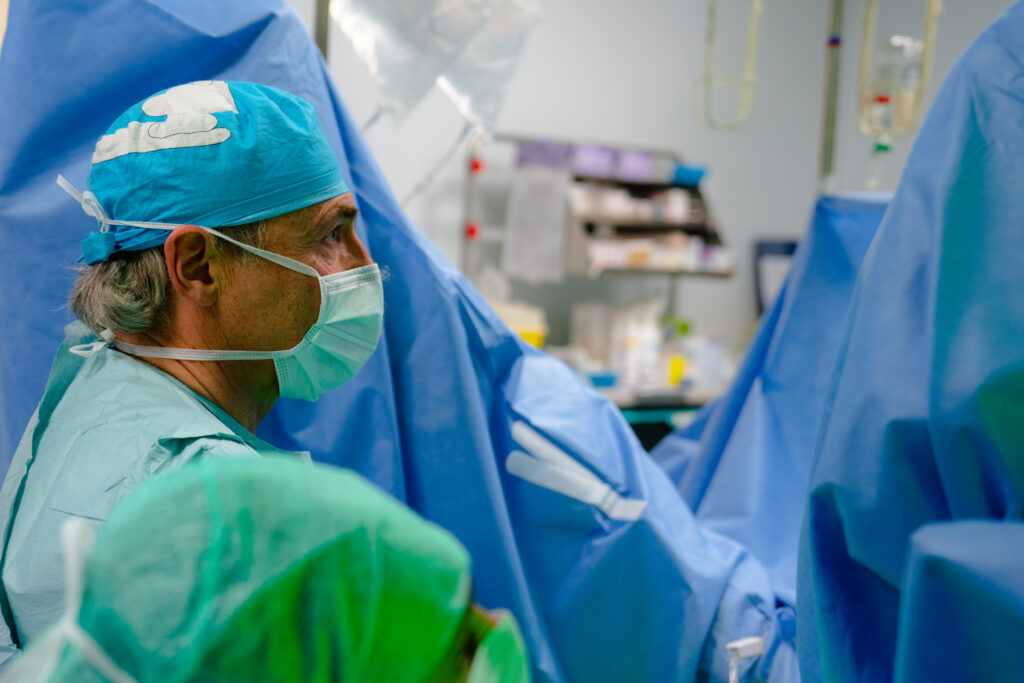
From a scientific standpoint, what are the group’s key areas of excellence?
C.Ur.E is now a national reference center in Italy for laser and robotic surgery. We were among the first to adopt Green Laser technology for treating benign prostatic hyperplasia—an innovative method that today is an international standard. But our commitment doesn’t stop there: we’ve been using the Da Vinci robotic system since 2017 and are a referral center for the treatment of prostate, kidney, and bladder cancers, with approximately 500 oncological procedures performed. We also regularly carry out minimally invasive procedures for urinary stones, reconstructive and prosthetic andrology surgeries, urogynecology, and integrated treatments for incontinence. We have also adopted all the latest MIST (Minimally Invasive Surgical Techniques) such as OPTILUME, REZUM, and iTIND, always favoring a minimally invasive and patient-tailored approach. Our financial and professional independence enables us to be dynamic, to foster free and virtuous collaborations, and to bring in cutting-edge technologies and techniques—always with the goal of offering patients the best available care.
Looking ahead: what do you hope for the future of C.Ur.E and Italian healthcare?
I hope our example can soon become a replicable model. In an era where medicine risks becoming increasingly technical and less human, C.Ur.E chooses to take a step back in order to truly move forward—proving that excellent medicine can be practiced outside of hospitals, without losing sight of quality and the humanity of care. In this sense, our mission also aims at a deeper cultural change: it’s time to move beyond what we see as one of the silent afflictions of modern medicine—defensive medicine. Too often it distances doctors from patients, turning clinical relationships into sequences of bureaucratic and precautionary acts, rather than genuine journeys of care and mutual trust.






